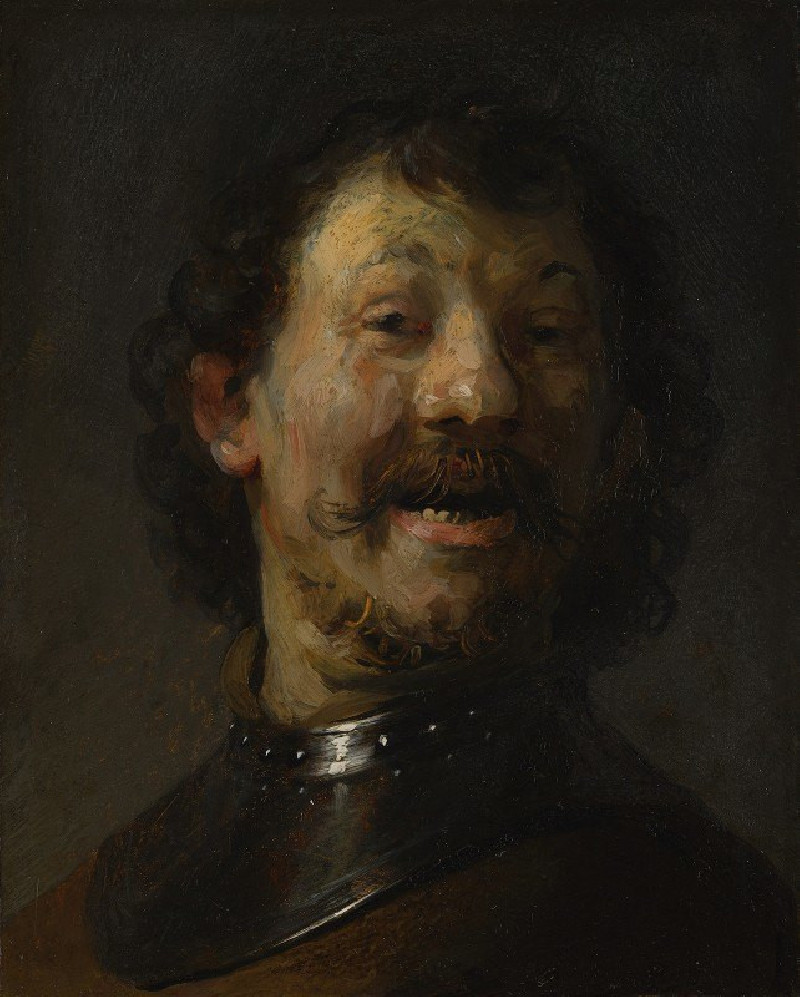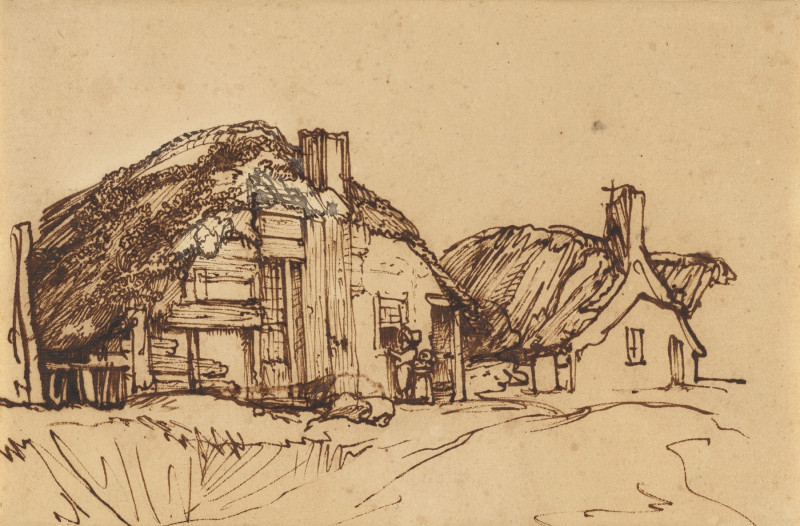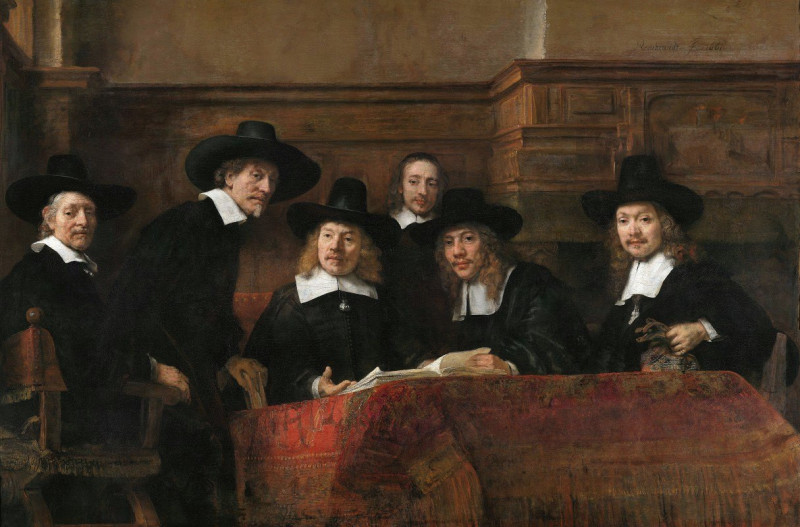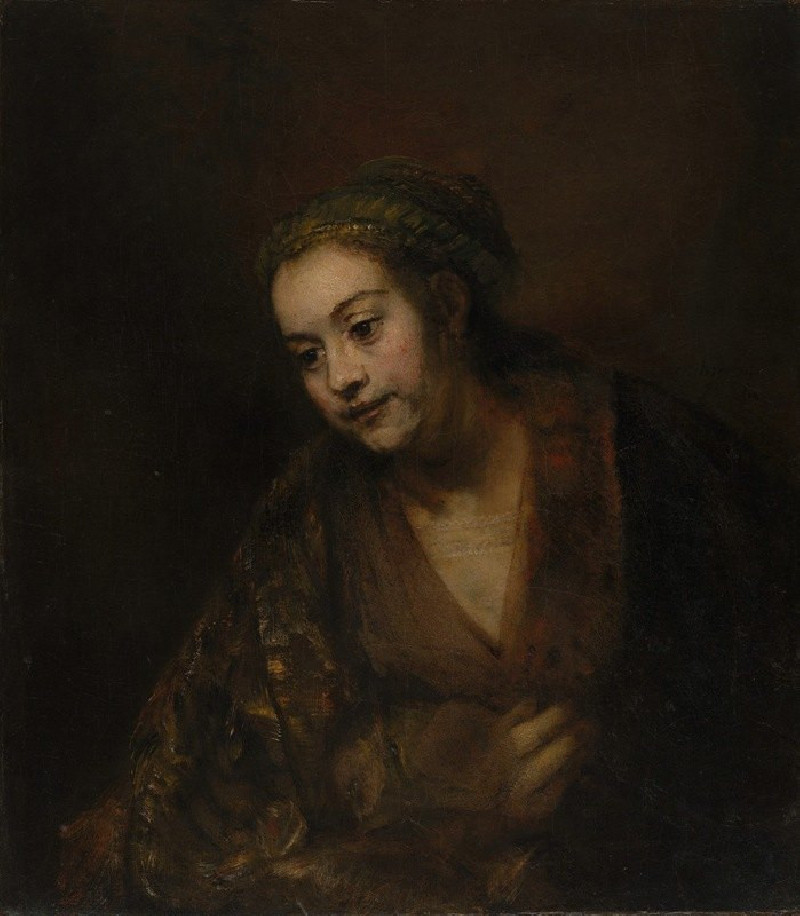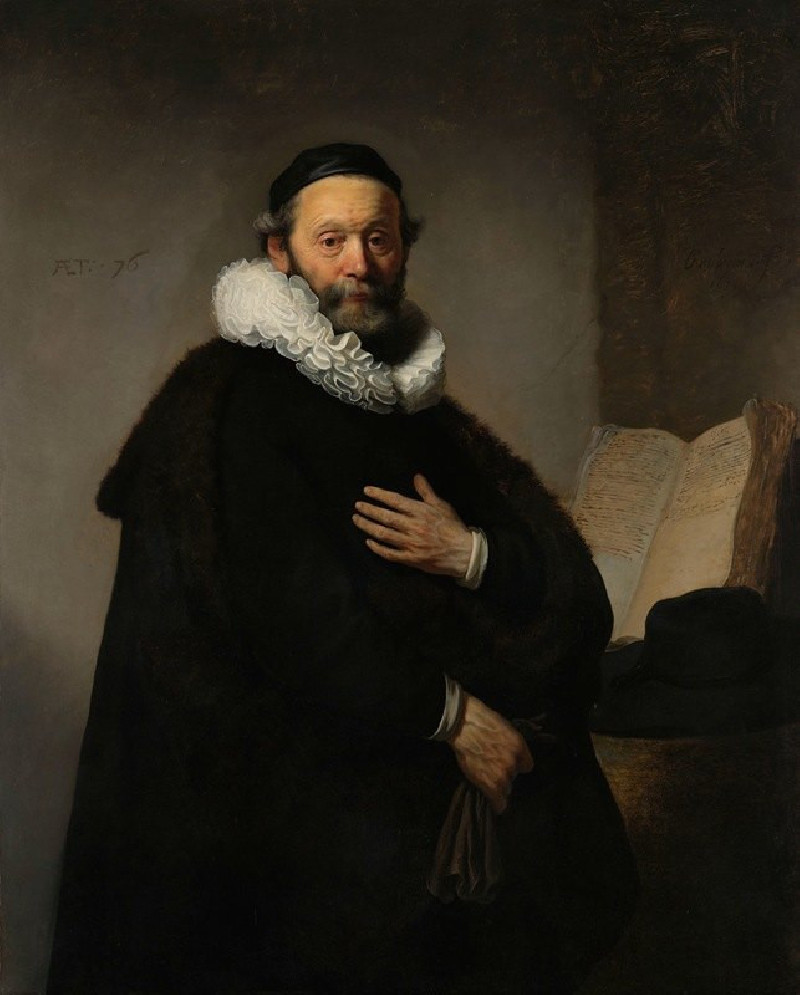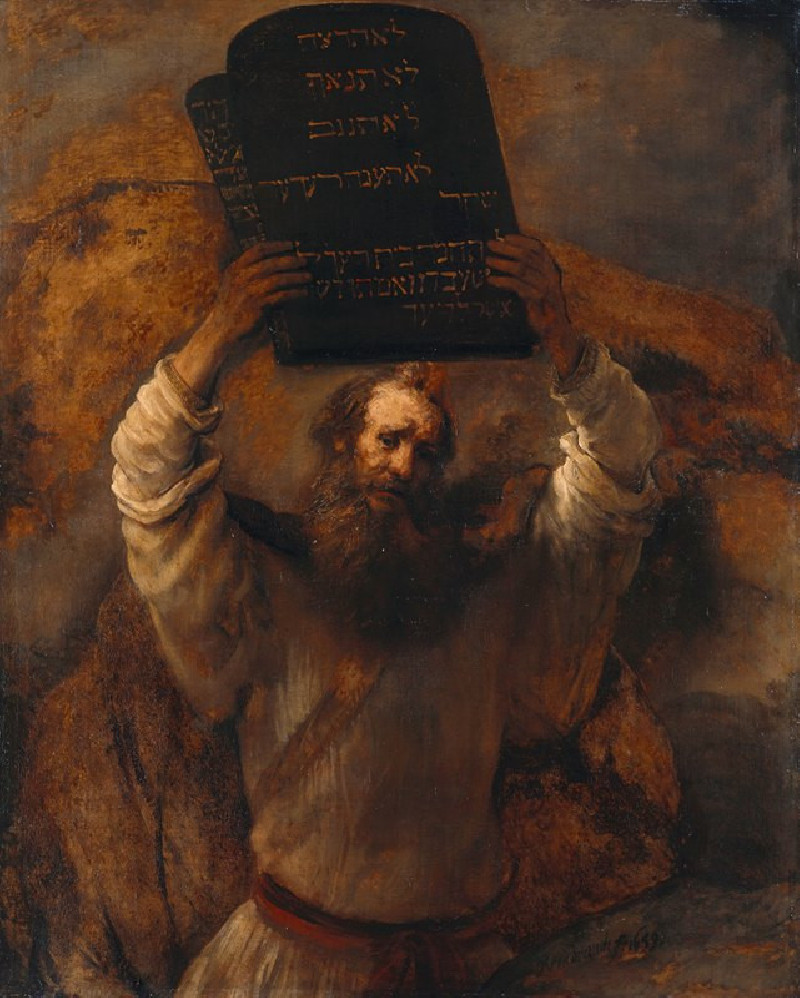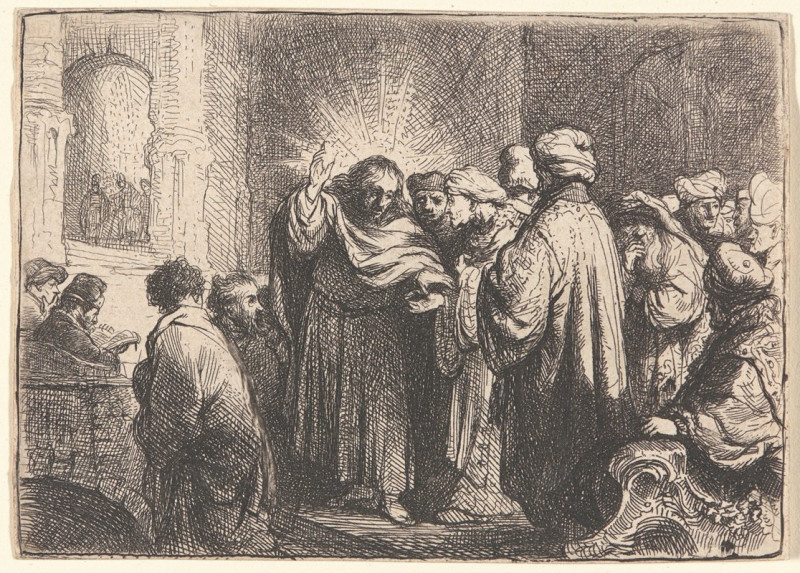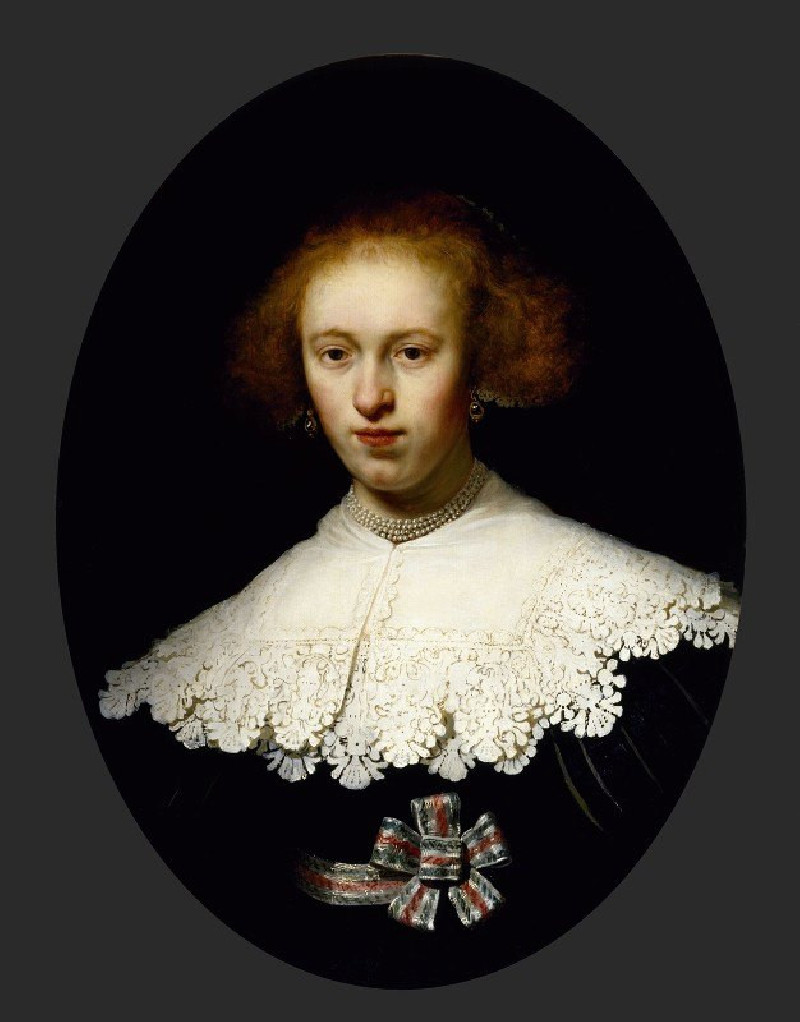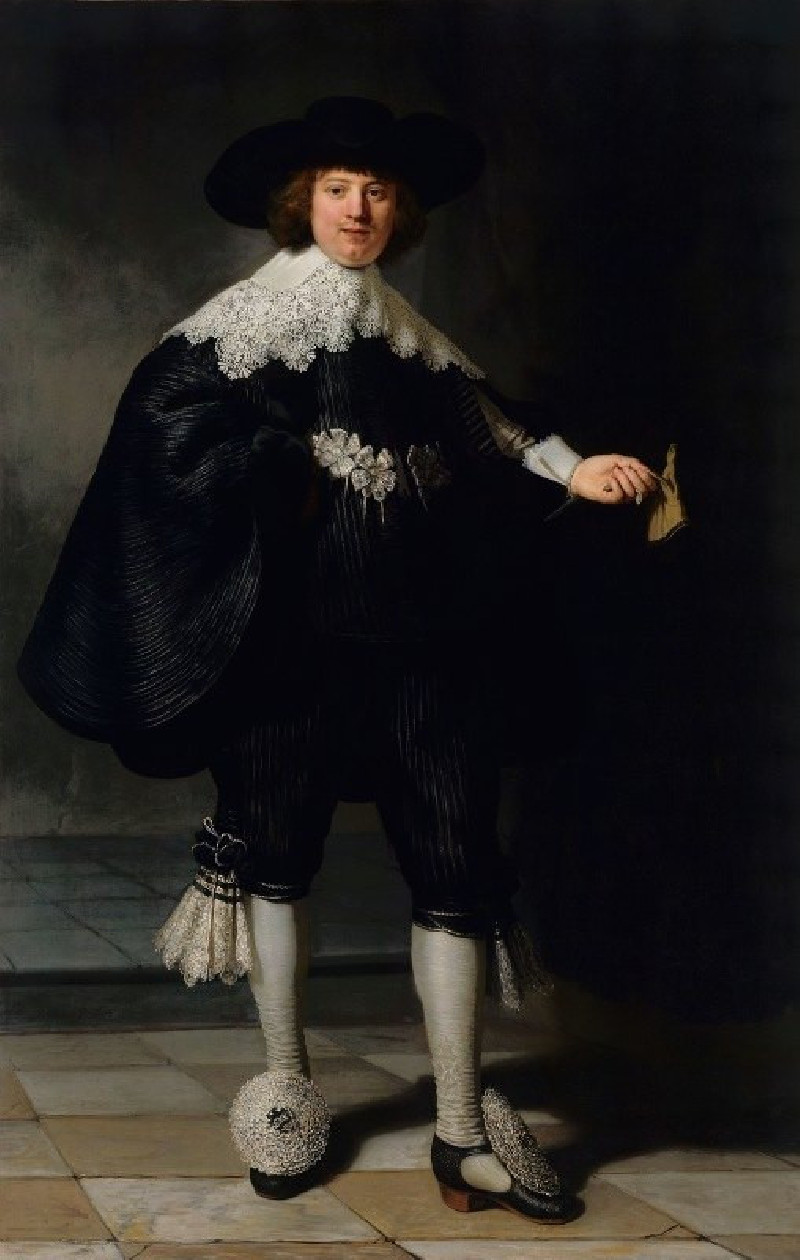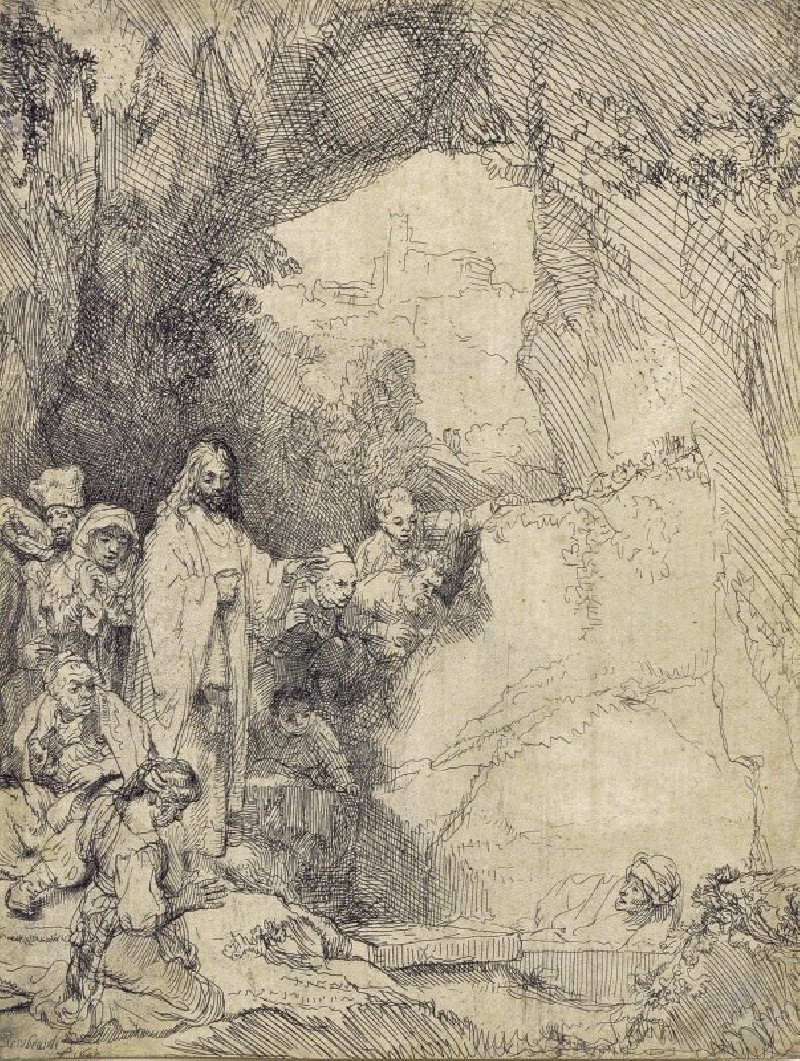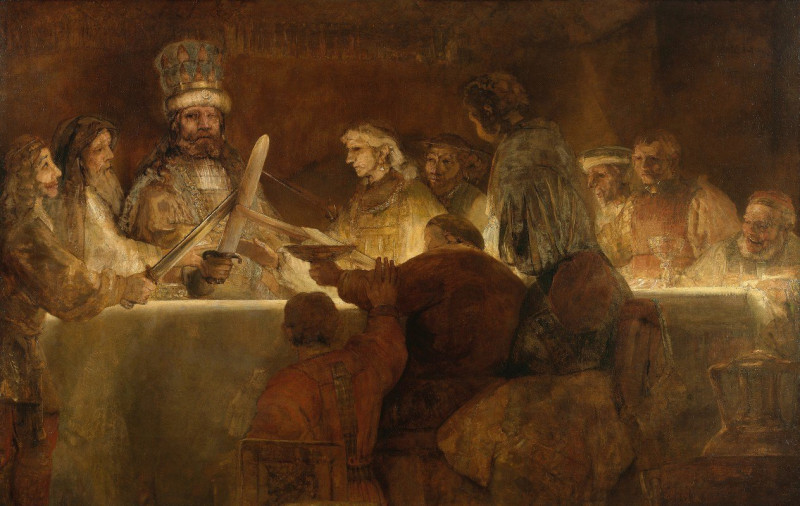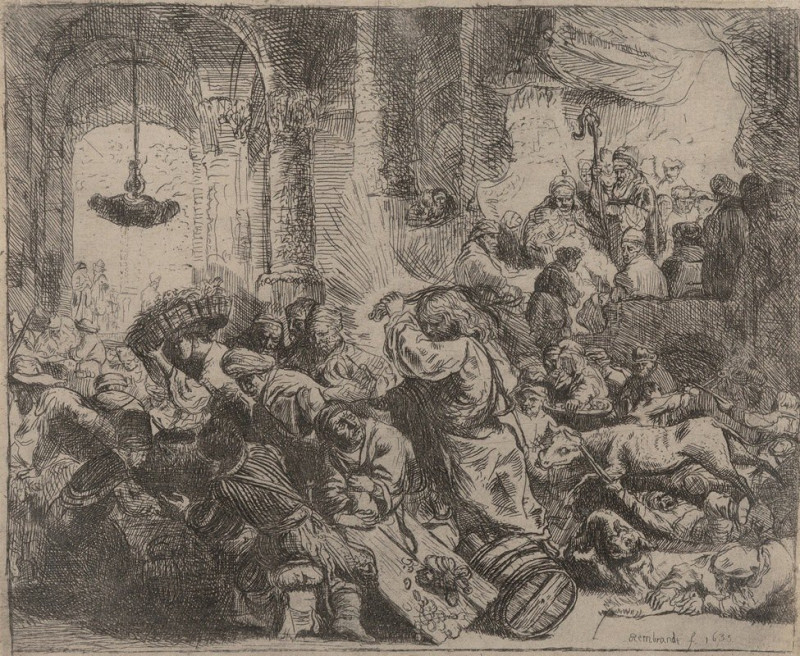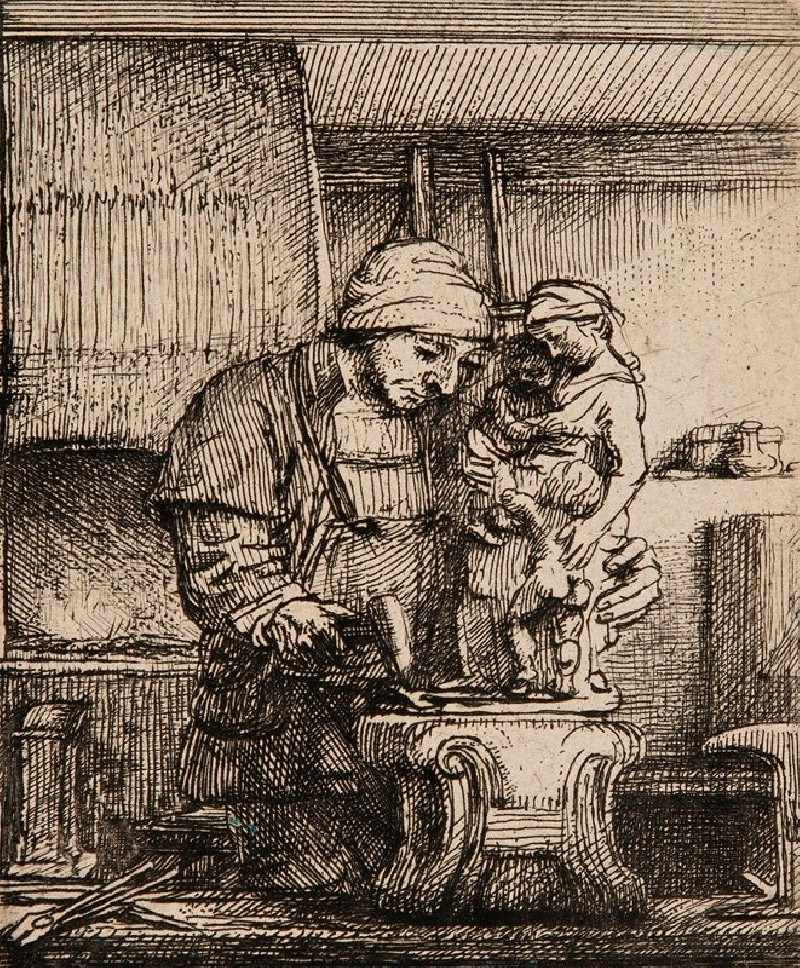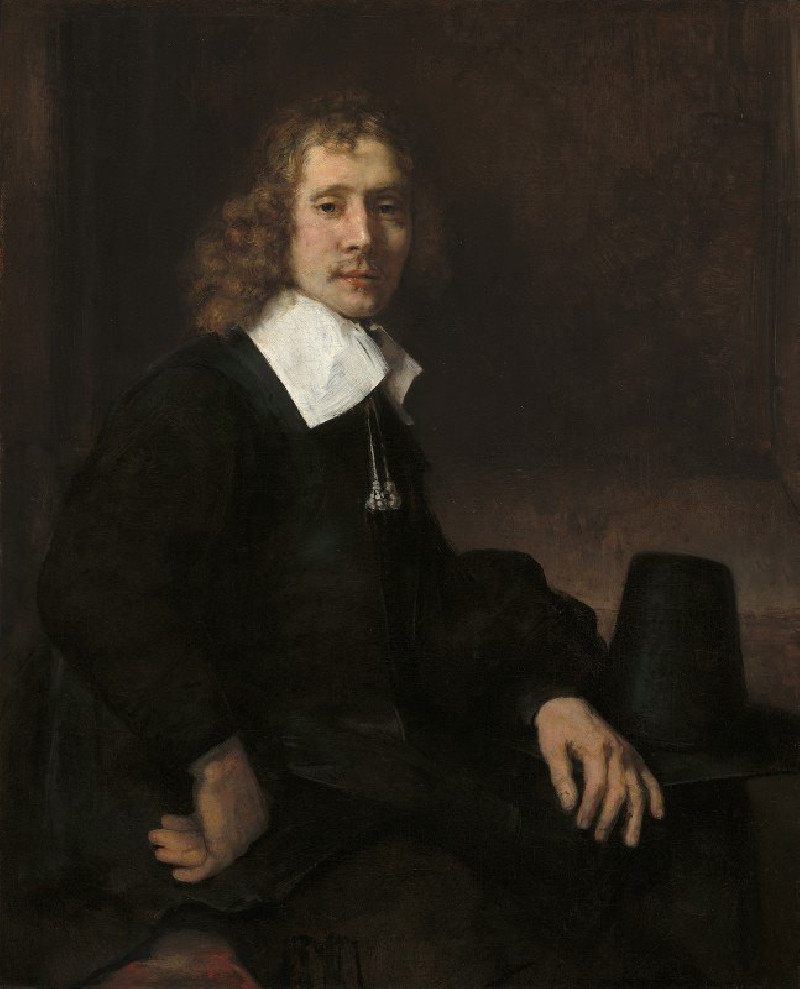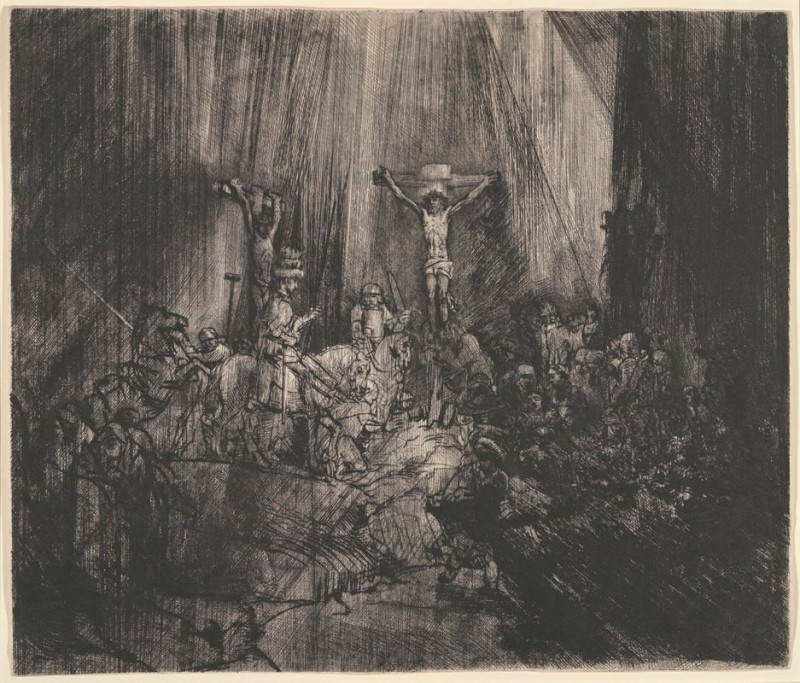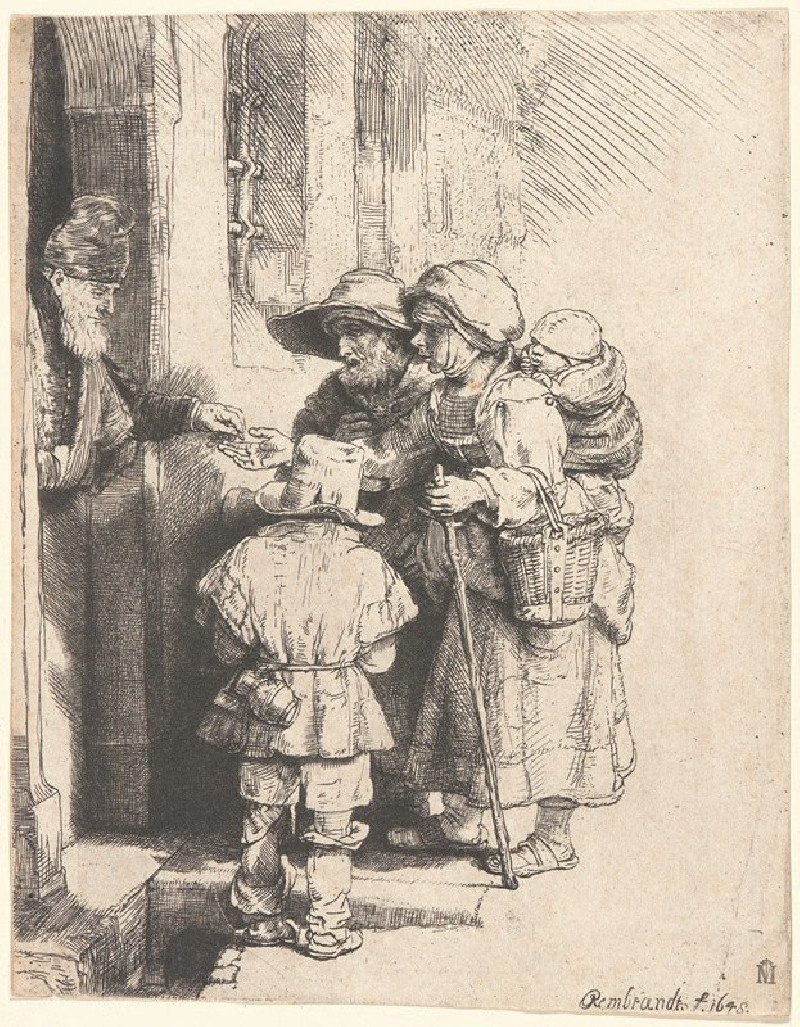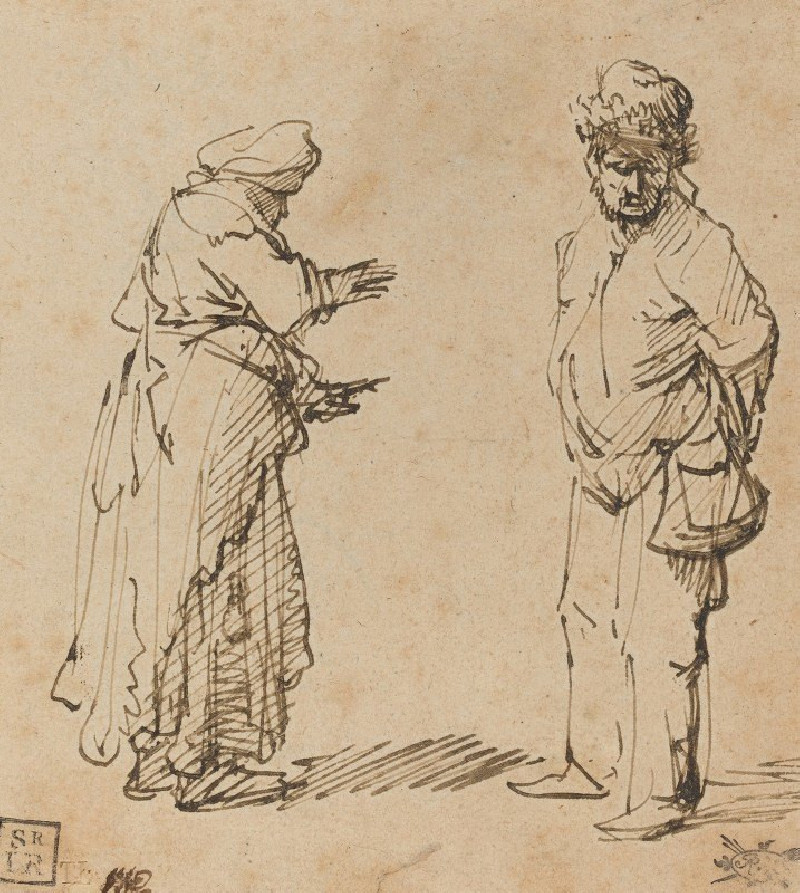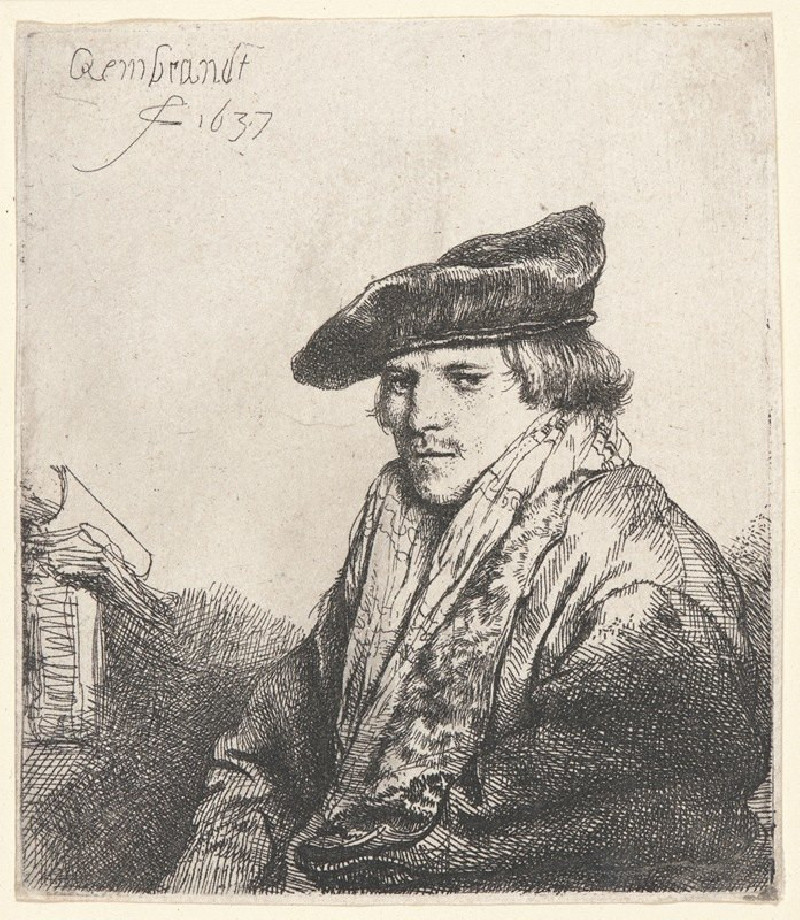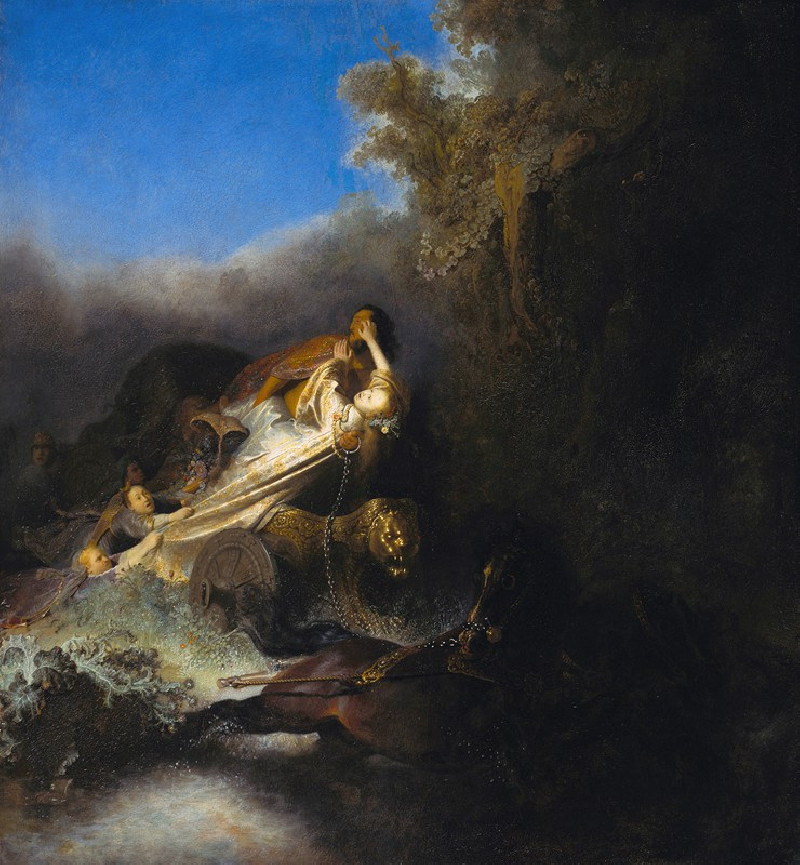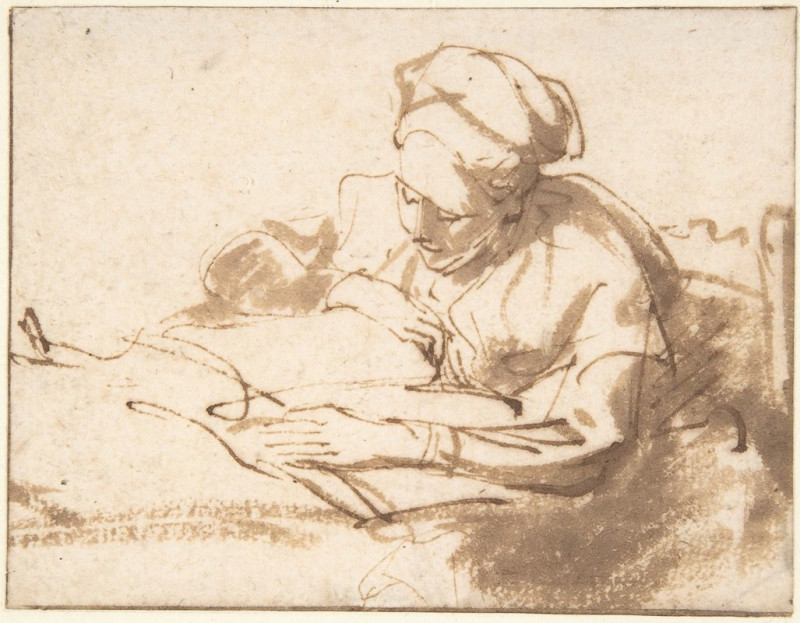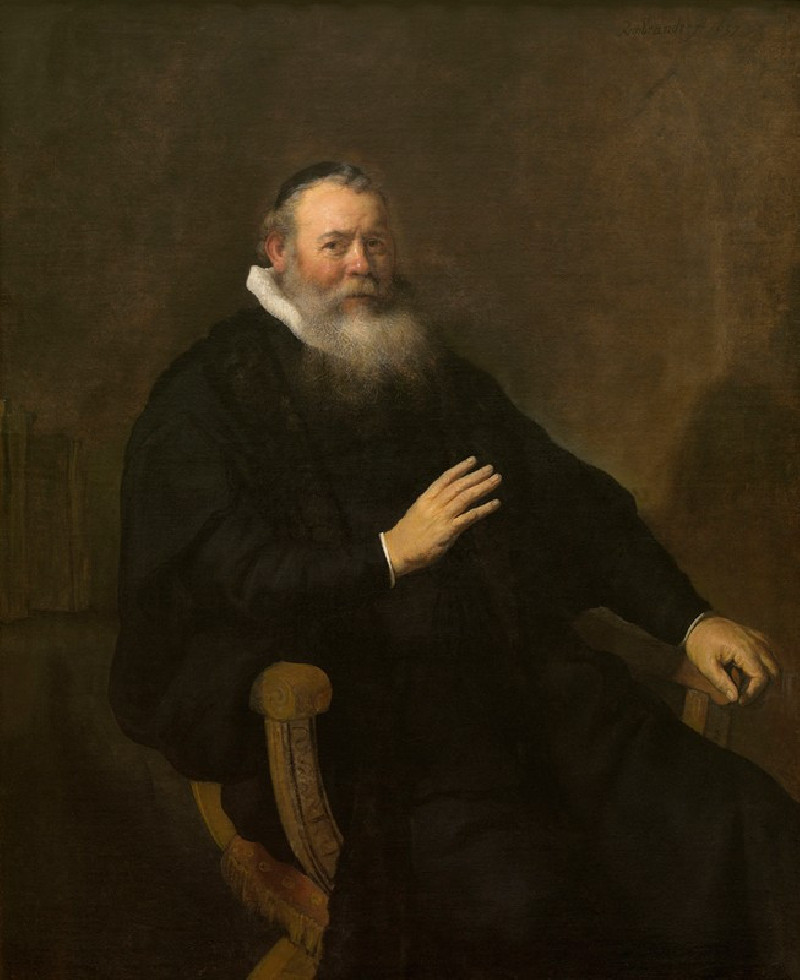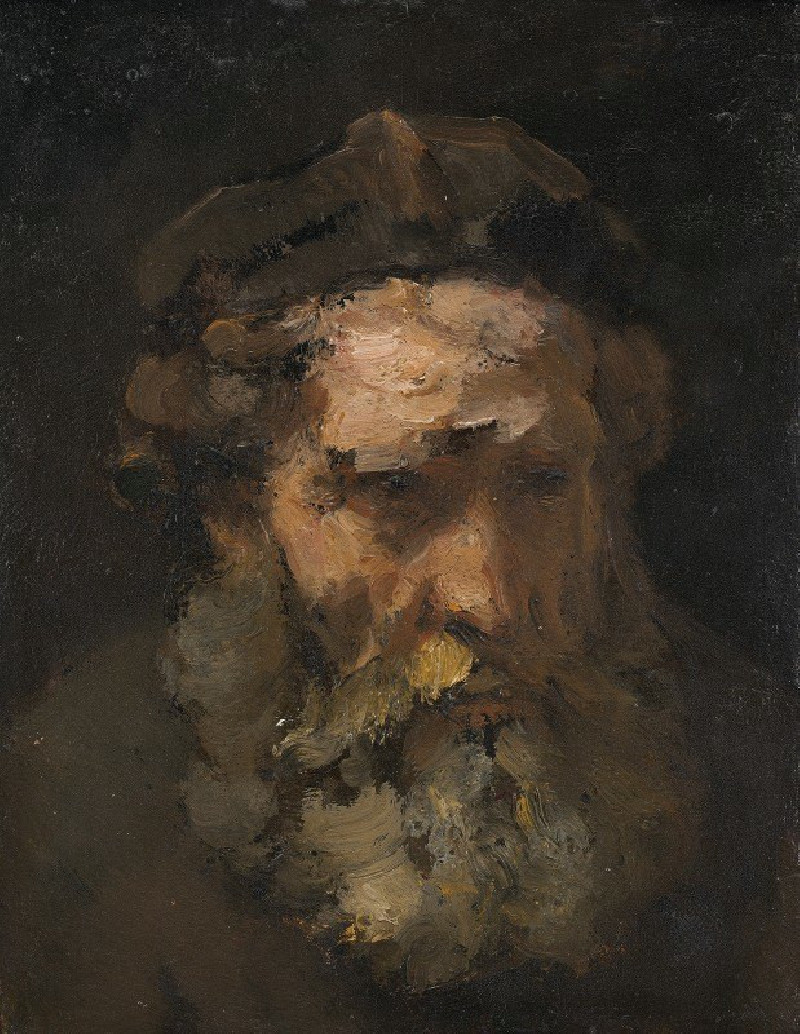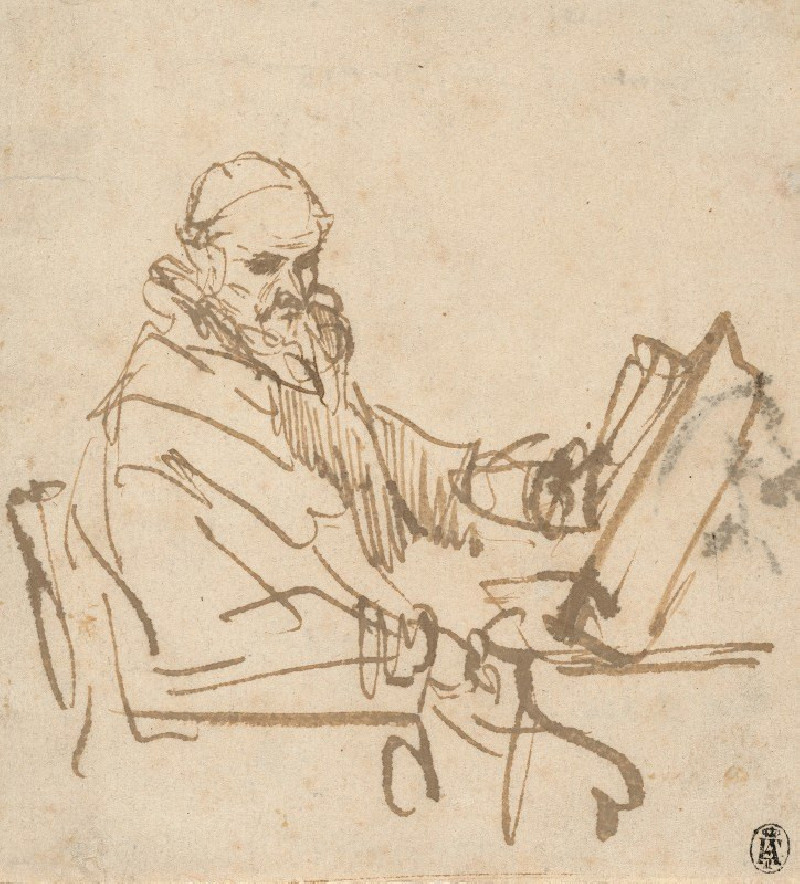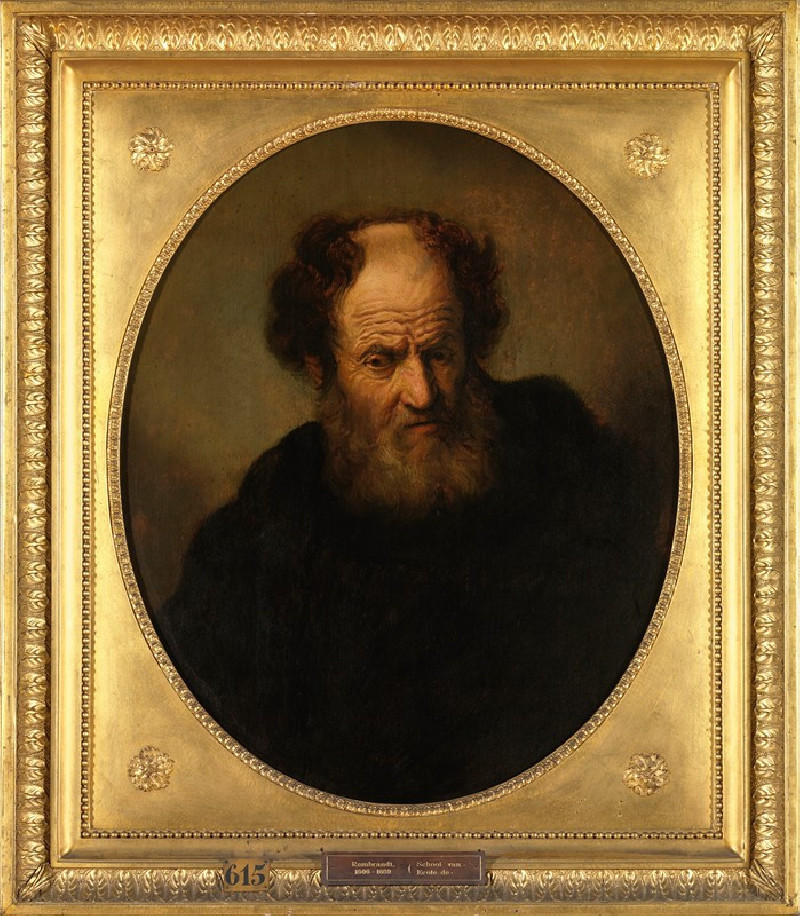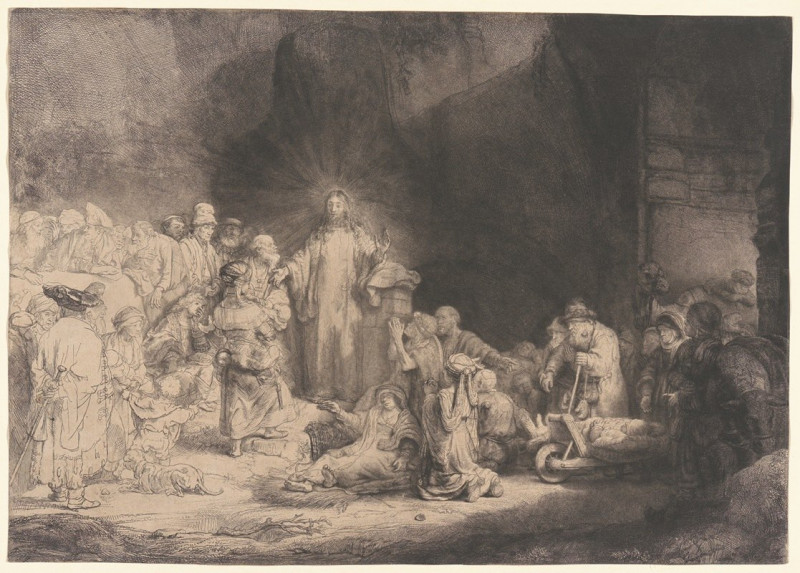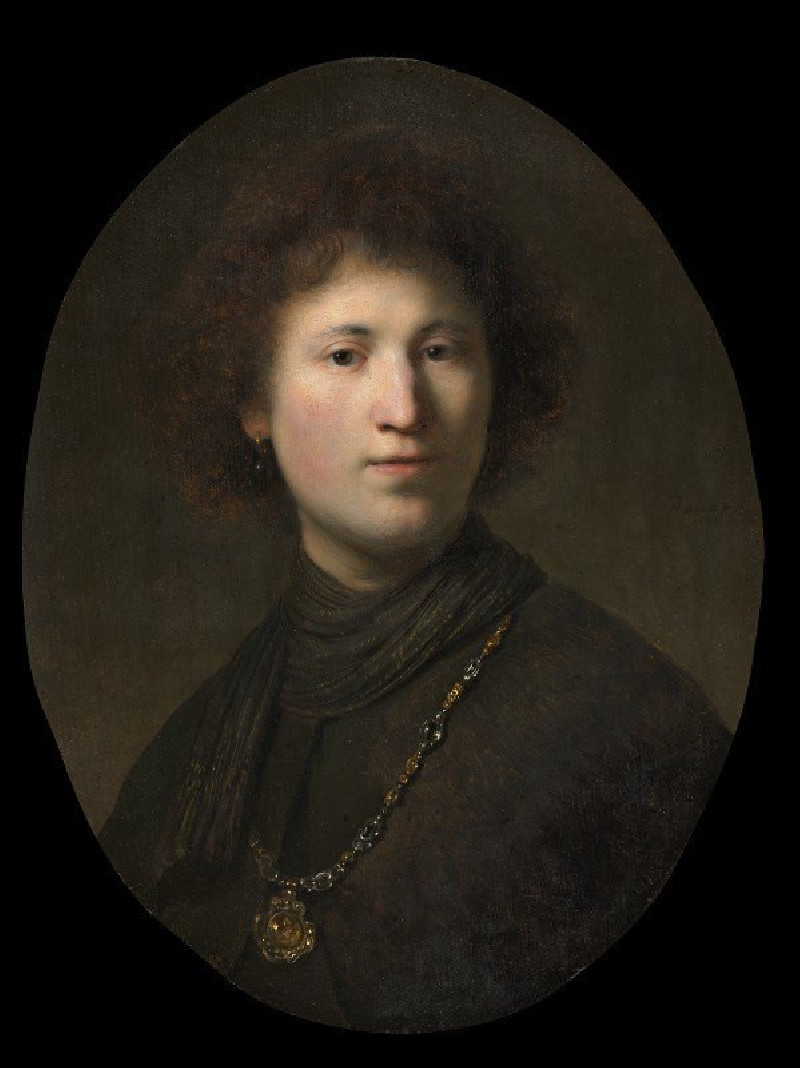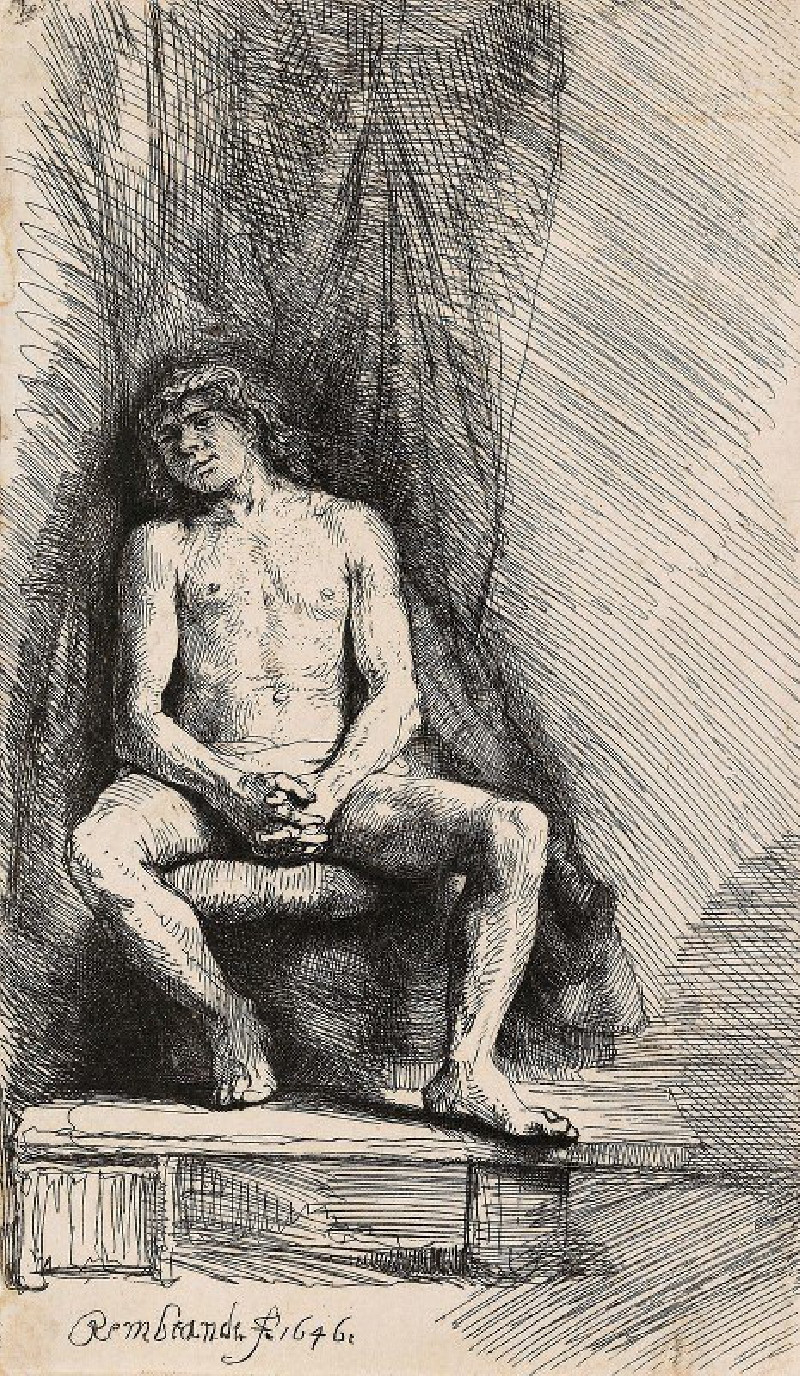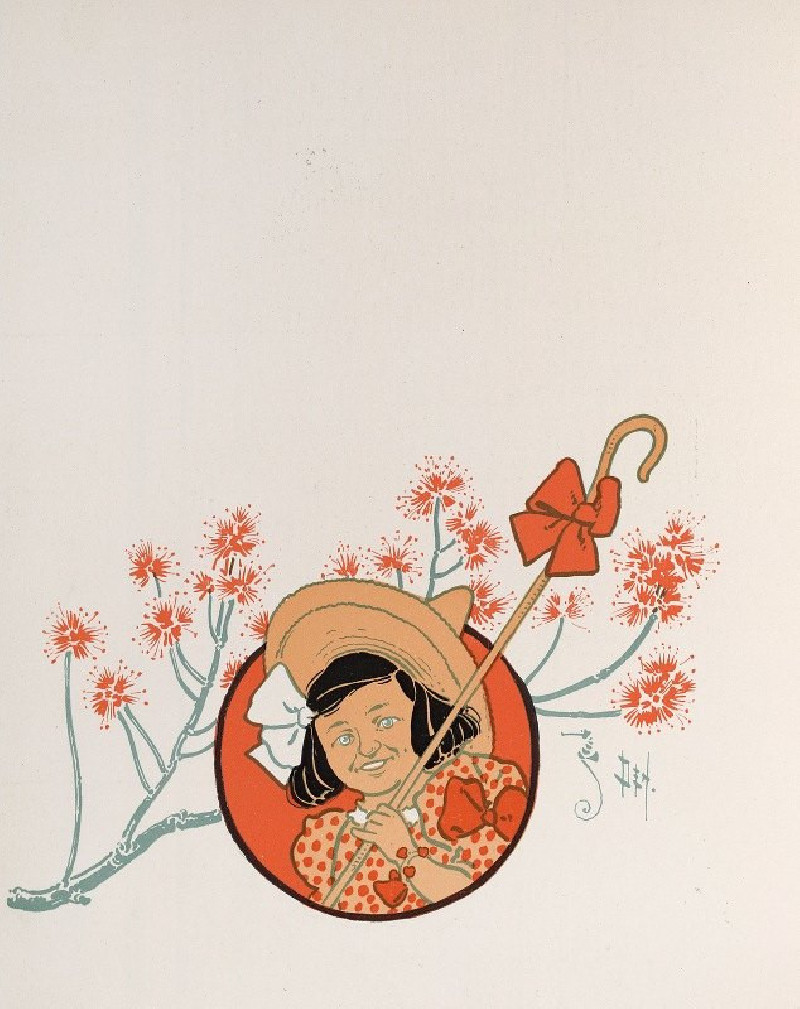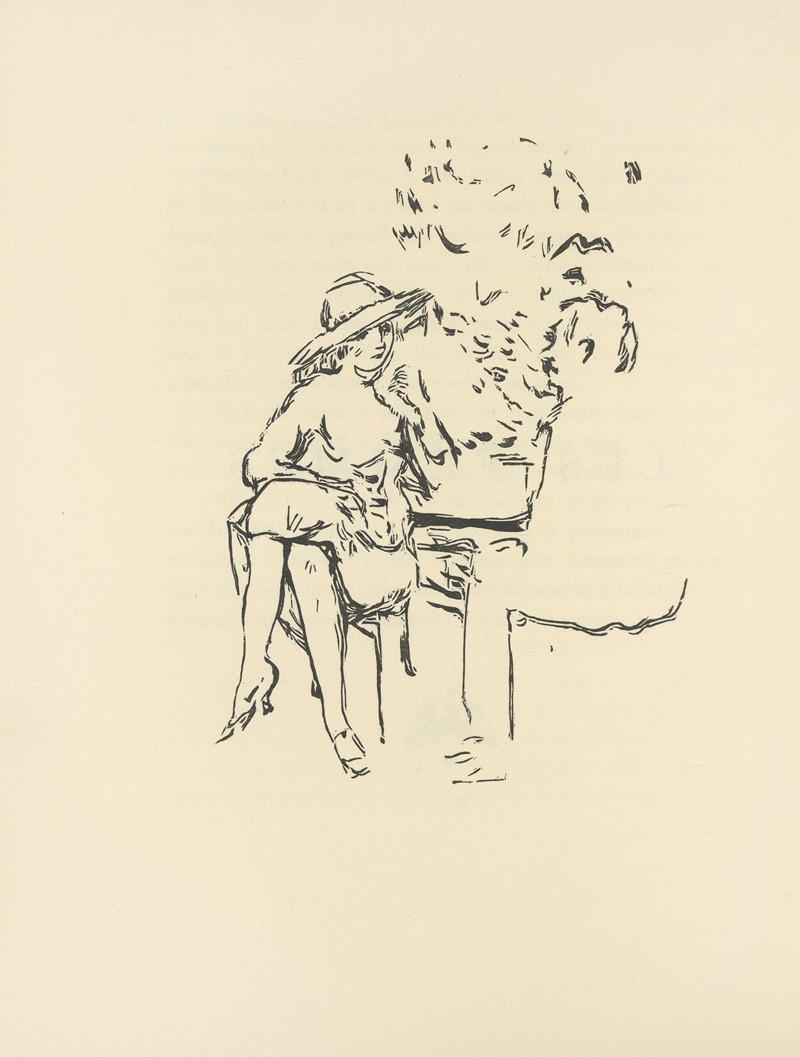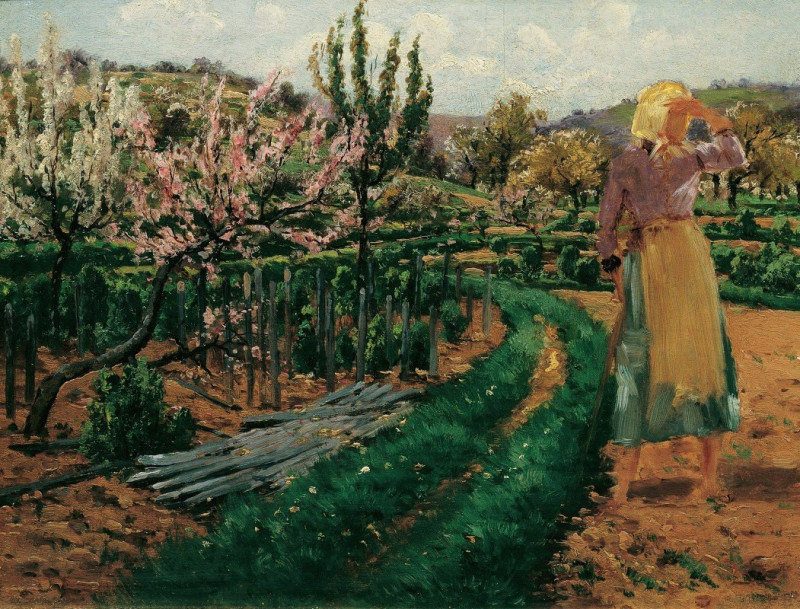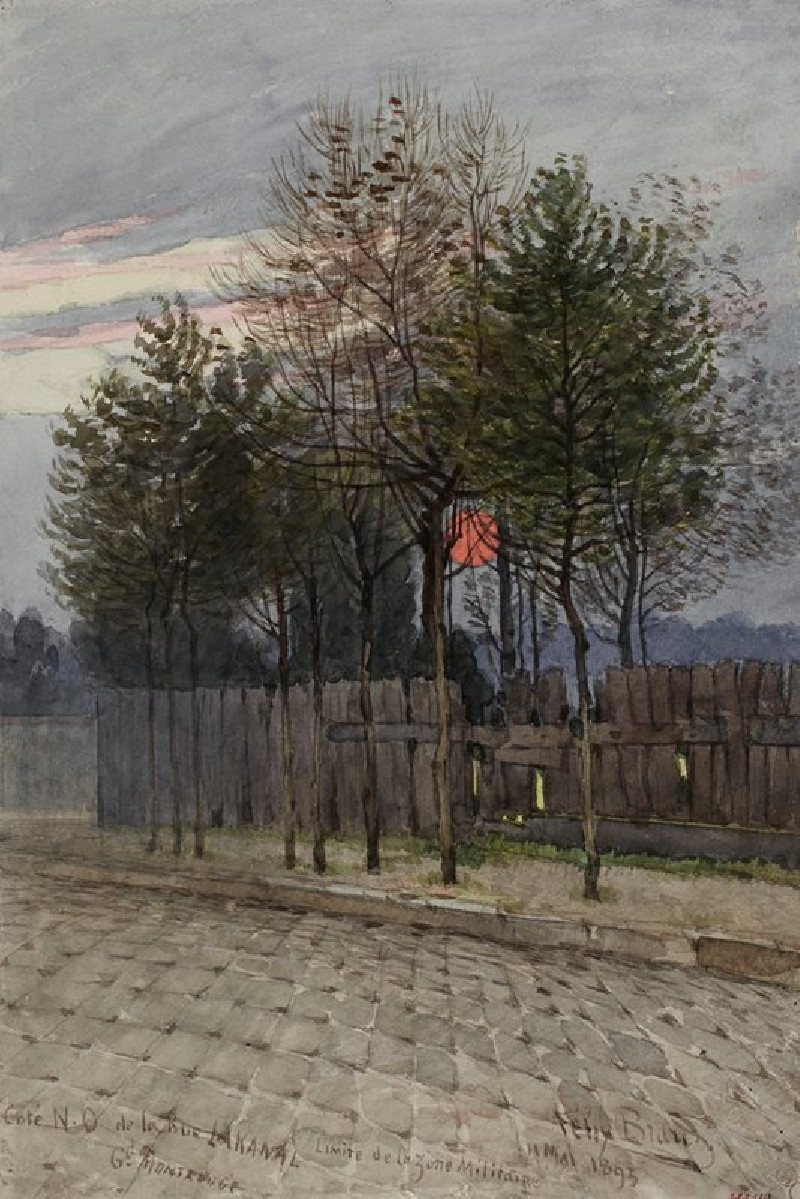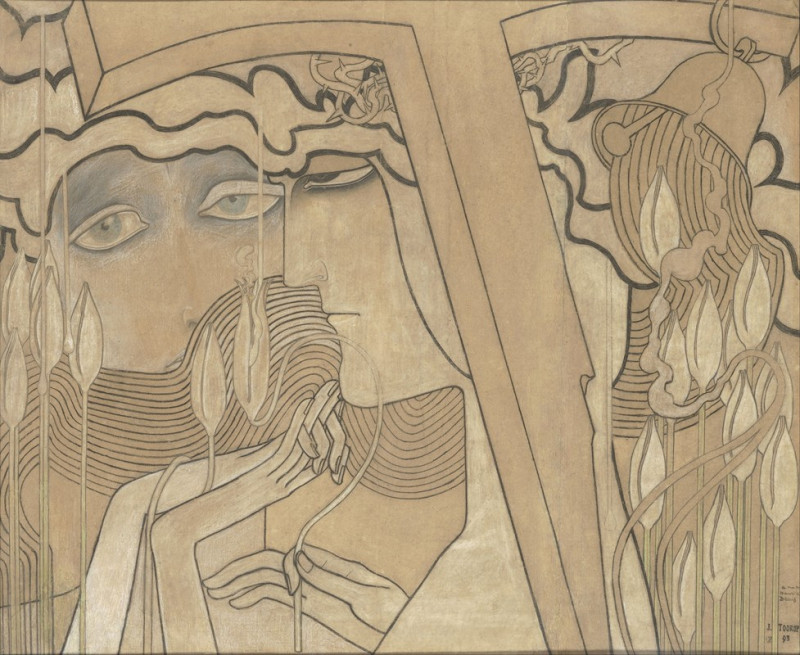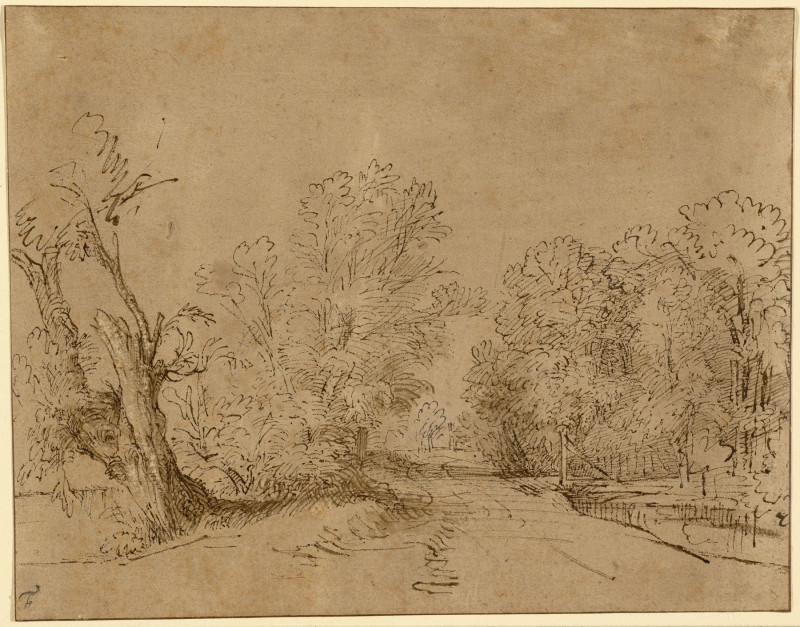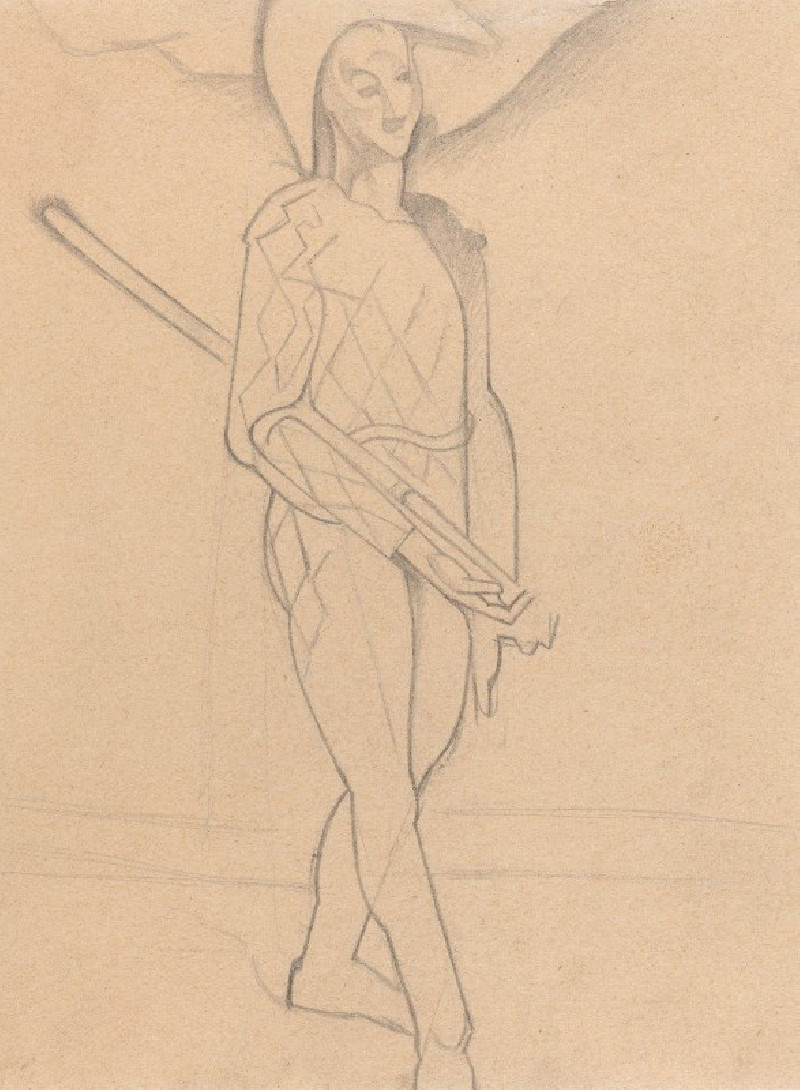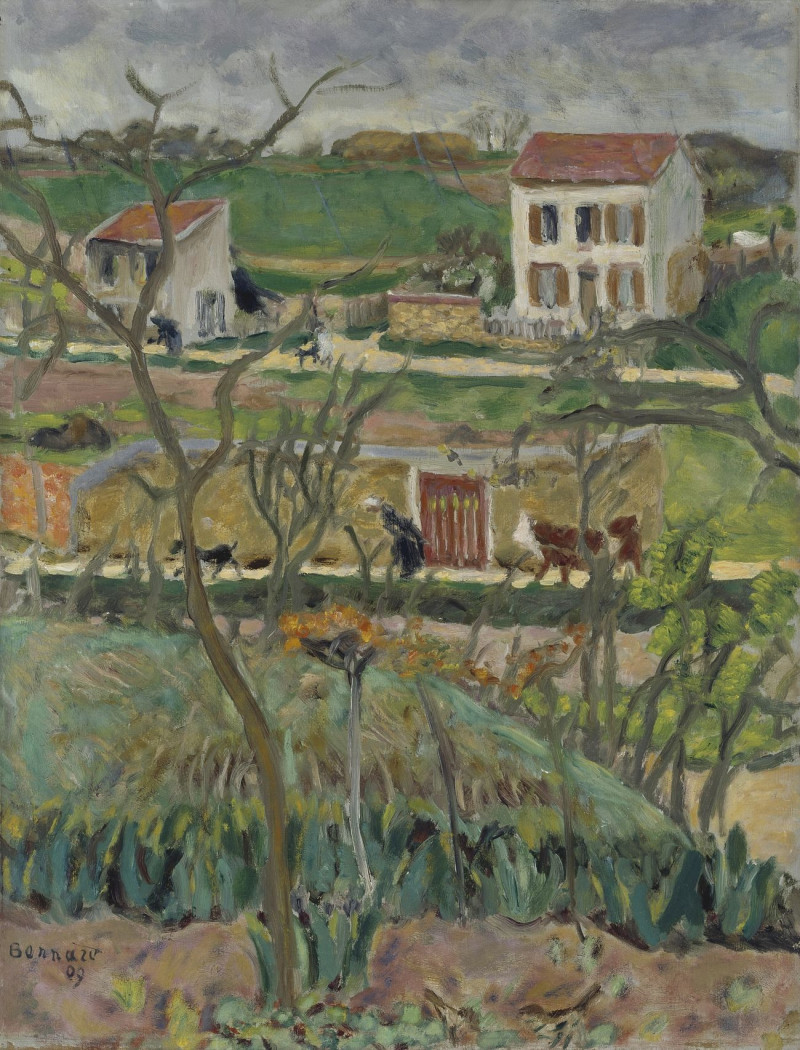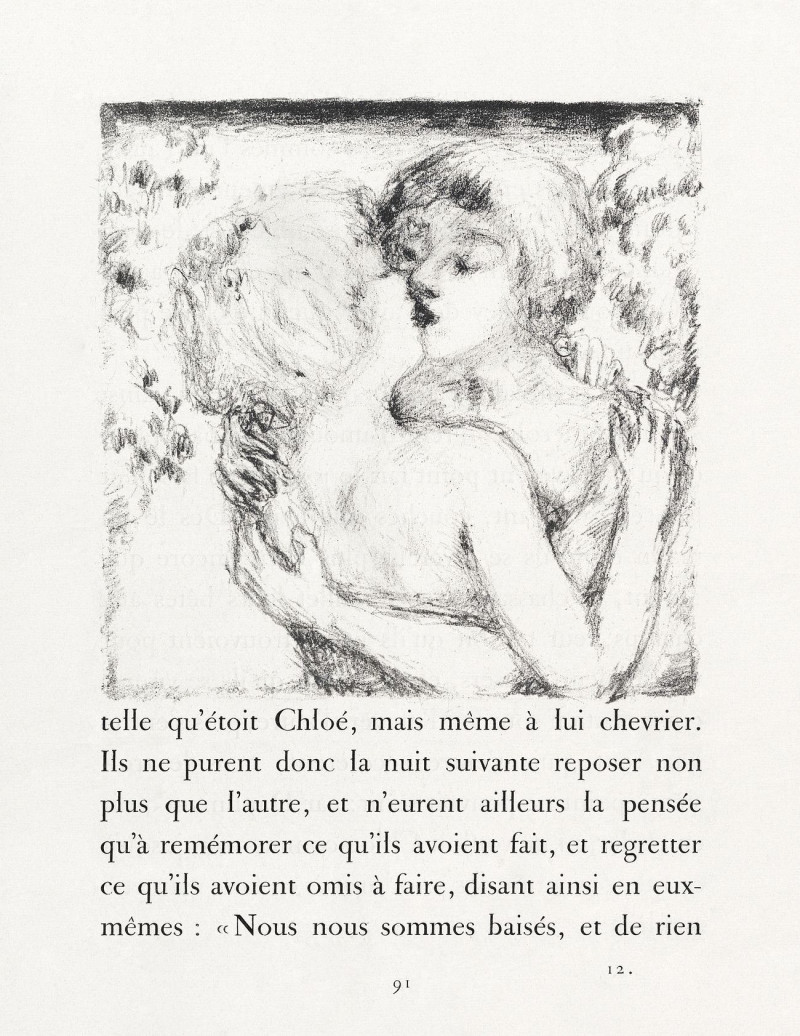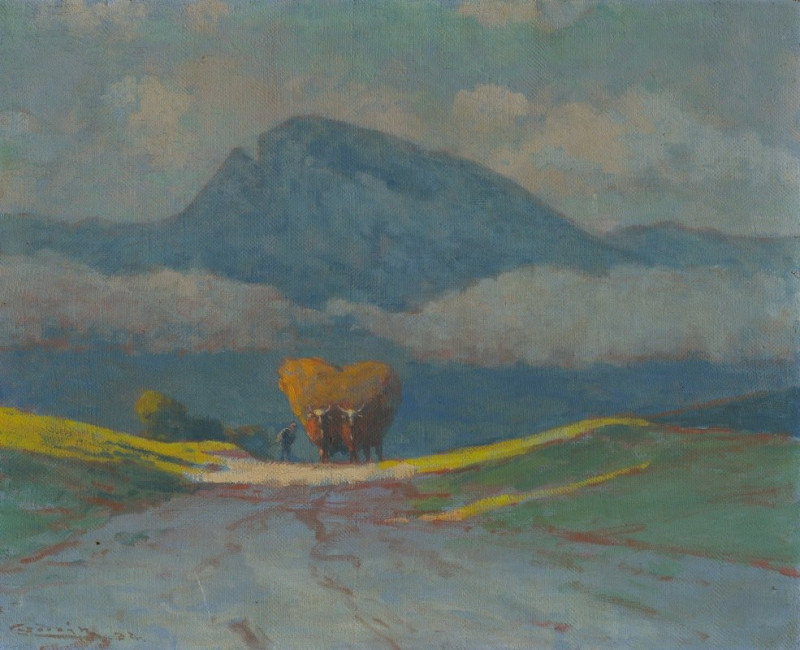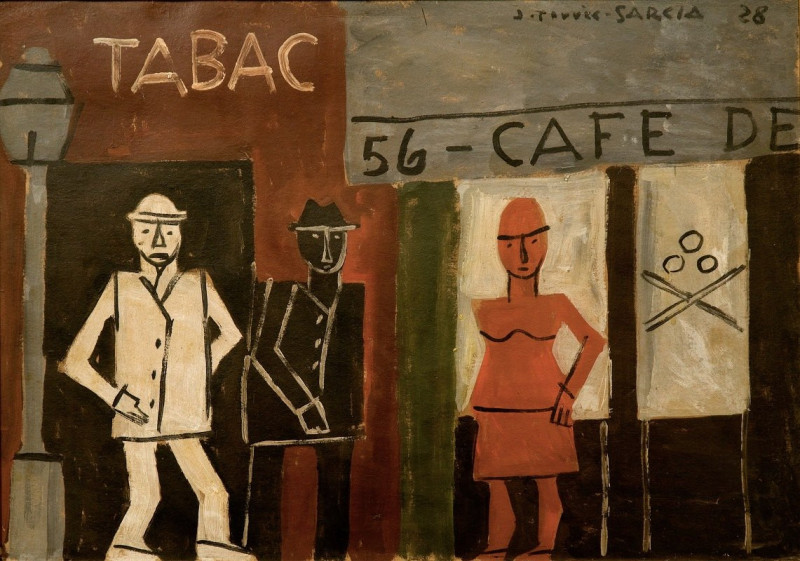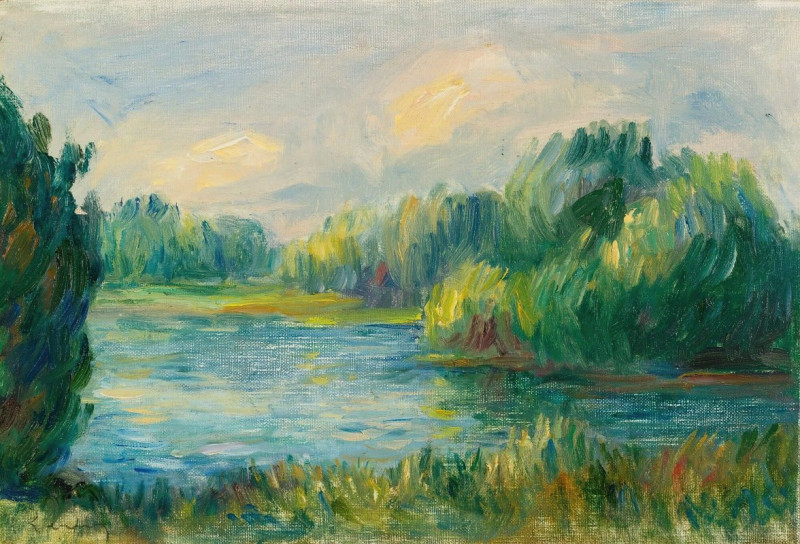The Laughing Man (c. 1629 - 1630)
Technique: Giclée quality print
Recommended by our customers
More about this artwork
Welcome to an exploration of joy and realism in Rembrandt van Rijn's acclaimed work, "The Laughing Man," created around 1629-1630. This exceptional painting captures not just a moment, but the bubbling personality of its subject, enveloped in a spontaneous burst of laughter.In "The Laughing Man," Rembrandt masterfully portrays a figure caught mid-laugh, with rich, expressive brushstrokes that bring the scene to life. The subject's eyes twinkle with amusement, and his mouth is open as if he is sharing a hearty laugh with someone just out of view. The use of light accentuates his cheeks, nose, and forehead, enhancing the lively, dynamic expression.The painting's dark background contrasts sharply with the lighter tones of the man's face and the glinting armor he wears, which suggests that he might be a soldier or a guardsman. The blackness around him focuses our attention squarely on his gleeful expression and the detailed rendering of his facial features, including his curly mustache and the wisps of his hair.Rembrandt's skill in capturing human emotion and the texture of flesh and fabric is vividly evident in this work. "The Laughing Man" offers a glimpse into the artist's early exploration of character and mood, themes that would continue to define his illustrious career. Through this painting, viewers are not only witnessing a display of fine artistry but are also invited to share in a moment of pure, infectious joy.
Delivery
Returns
Rembrandt Harmenszoon van Rijn was a Dutch draughtsman, painter, and printmaker. An innovative and prolific master in three media, he is generally considered one of the greatest visual artists in the history of art and the most important in Dutch art history. Unlike most Dutch masters of the 17th century, Rembrandt's works depict a wide range of style and subject matter, from portraits and self-portraits to landscapes, genre scenes, allegorical and historical scenes, and biblical and mythological themes as well as animal studies.

